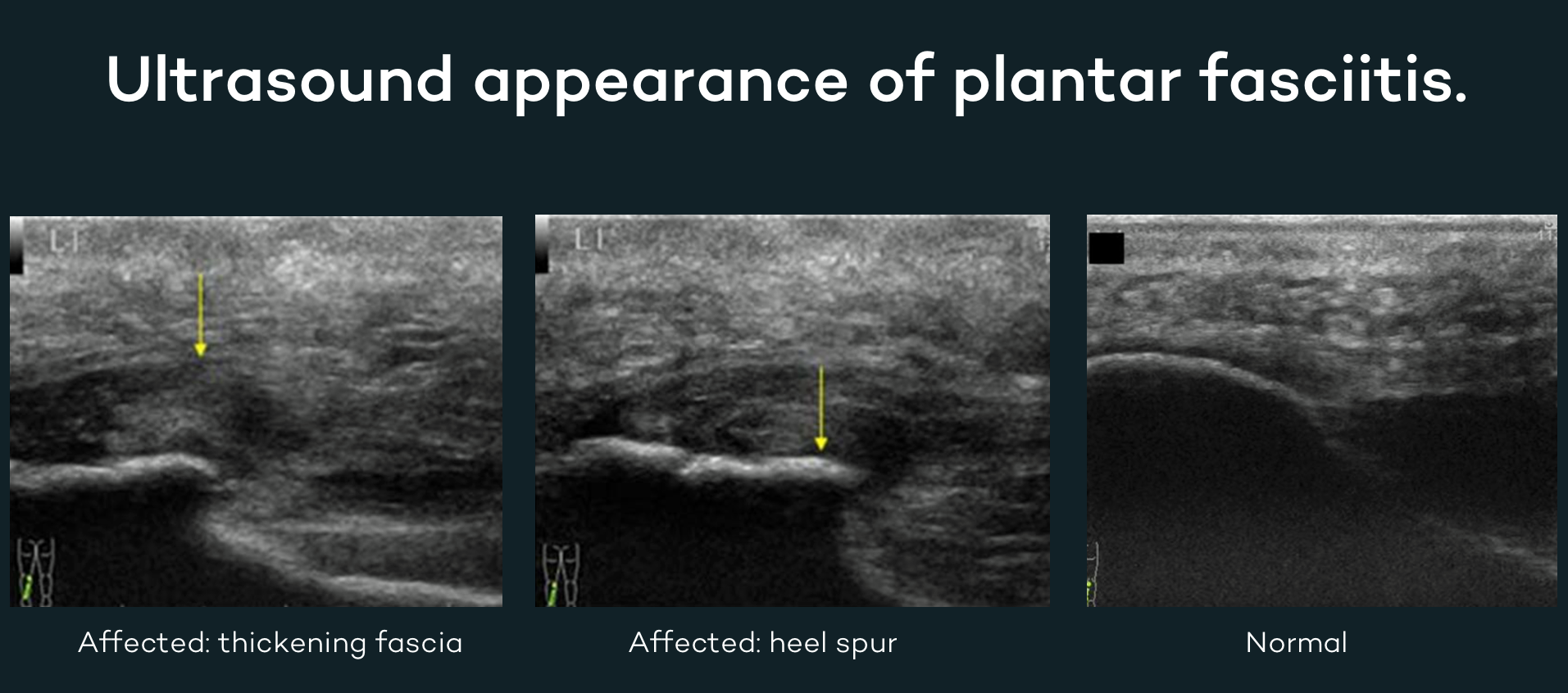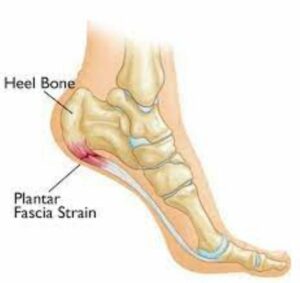The Lesser-Known Differences Between Plantar Fasciitis and Plantar Fascia Tear
Plantar fasciitis and plantar fascia tear are two conditions that affect the plantar fascia, a thick band of tissue that runs along the bottom of the foot and supports the arch. While these conditions may have similar symptoms, some lesser-known differences between them are worth exploring.
Plantar fasciitis is the more common of the two conditions and is usually caused by overuse or repetitive strain on the plantar fascia. It often develops gradually over time and is characterized by pain and tenderness in the heel or arch of the foot. The pain is usually worse in the morning or after prolonged periods of standing or walking.
Plantar fascia tear, on the other hand, is a more severe condition that results from a partial or complete tear of the plantar fascia. This injury is often caused by a sudden trauma, such as a fall or a misstep, and is characterized by a sharp, stabbing pain in the bottom of the foot. Plantar fascia tear can also occur over time, gradually, after initially experiencing plantar fasciitis over years. This chronic inflammation progressively breaks down the connective tissue until the tissue starts to separate. In severe cases, bruising and swelling may also be present.

Another lesser-known difference between plantar fasciitis and plantar fascia tear is the duration of symptoms. Plantar fasciitis can be a chronic condition lasting several months or even years if left untreated. Plantar fascia tear, on the other hand, typically requires immediate medical attention if traumatic and may take several weeks or months to heal. A complete plantar fascia tear will feel like walking on a bunched-up sock on the ball of the foot.
North 40 Physical Therapy_Plantar Fasciitis and heel pain
These conditions can be challenging to diagnose because they share many of the same symptoms, such as heel pain, tenderness, and stiffness. As a result, studies have shown that up to 50% of plantar fascia tear cases may be misdiagnosed as plantar fasciitis. One reason for this misdiagnosis is that plantar fasciitis and plantar fascia tear symptoms can be very similar. Both conditions can cause pain and tenderness in the bottom of the foot, particularly near the heel, and the pain may be worse in the morning or after prolonged periods of standing or walking. Additionally, both conditions may be accompanied by swelling and stiffness in the foot.
Another reason for misdiagnosis is the lack of definitive diagnostic tests for these conditions. While healthcare providers may use imaging tests such as X-rays or MRI to help diagnose plantar fasciitis or plantar fascia tear, these tests are not always accurate and may not provide a definitive diagnosis. At North 40 Physical Therapy, we offer musculoskeletal ultrasound (MSKUS) that can visualize the plantar fascia under dynamic visualization to assess inflammation or tearing of the fascia.

Treatment options for plantar fasciitis and plantar fascia tear also differ. Plantar fasciitis can often be treated with conservative measures such as rest, ice, compression, elevation (RICE), stretching, and strengthening exercises. Plantar fascia tear, on the other hand, may require more aggressive treatment such as immobilization in a walking boot or cast or even surgery in severe cases.
In conclusion, while plantar fasciitis and plantar fascia tear may have similar symptoms, some crucial differences should not be overlooked. Suppose you are experiencing foot pain or suspect you may have one of these conditions. In that case, seeking medical attention from a qualified healthcare provider is essential for proper diagnosis and treatment.